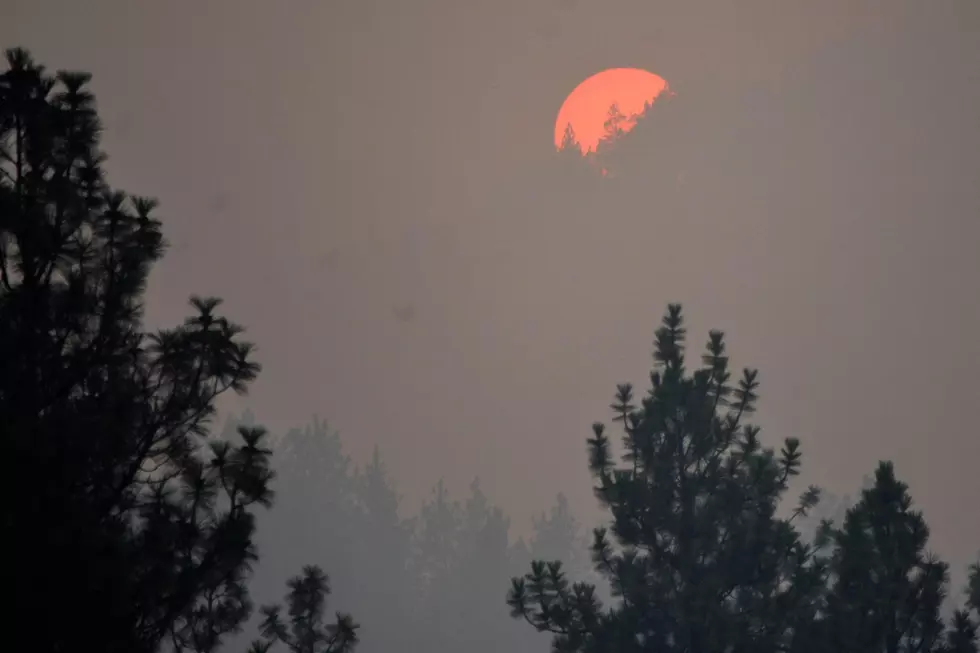
Two decades of air quality gains in the western US wiped out by wildfires
Hillel Aron
(CN) — Progress in air quality made by the United States through legislation like the Clean Air Act have been entirely undone by two decades of wildfires, according to a new study published Monday in the journal The Lancet Planetary Health.
Since 2020, the air has worsened in the western U.S., thanks in large measure to devastating wildfire, which have become more common and more intense. The authors of the paper estimate that the fires have led to an increase of 670 premature deaths every year.
“All the efforts for the past 20 years by the EPA to make our air cleaner basically have been lost in fire-prone areas and downwind regions,” said Jun Wang, a chemistry professor at the University of Iowa, and the lead author of the study, in a written statement. “We are losing ground.”
Wang and his colleagues looked at the concentration of fine particulate matter and black carbon, an air pollutant that comes form burning coal, wood and diesel fuel (as well as cigarettes), that has been linked to higher rates of respiratory and heart disease. According to the paper, black carbon rates in the air have been increasing by an average of 55% every year.
"Black carbon particles do far greater harm to our immune systems than other carbon," said Wang. "They do not dissolve in water, which makes them hard to get out of our system."
In their paper, Wang and his co-authors write that despite more than 50 years of regulations aimed at reducing air pollution, "the overall impact of [fine particulate matter] on public health may not have changed or may have even increased in the past two decades in the U.S., at least in the Western U.S.."
To estimate the levels of black carbon, researchers used data from satellites and roughly 500 ground-based air quality monitors. To calculate the number of premature deaths, they used a formula that incorporated average life span, black carbon exposure and population density.
The average number of acres burned in the Unites States from wildfires has been growing steadily since 1983, when the U.S. government first adopted reliable tracking methods. According to the United States Department of Agriculture, "wildfire season has become longer based on conditions that allow fires to start and to burn — winter snows are melting earlier and rain is coming later in the fall. What was once a four-month fire season now lasts six to eight months."
California's wildfire season in 2020 was the largest in the state's history by a variety of metrics, burning more than 4 million acres, or 4% of the state's land and causing over $12 billion in damages. That same year, more than a million acres burned in Oregon. This year, Canada experienced its own record-breaking wildfires, blanketing the midwestern U.S. in a thick layer of smoke.
"Reducing climate warming [and therefore] fire occurrence should be an integral part of environmental protection for the sake of public health," the paper's authors urge.
